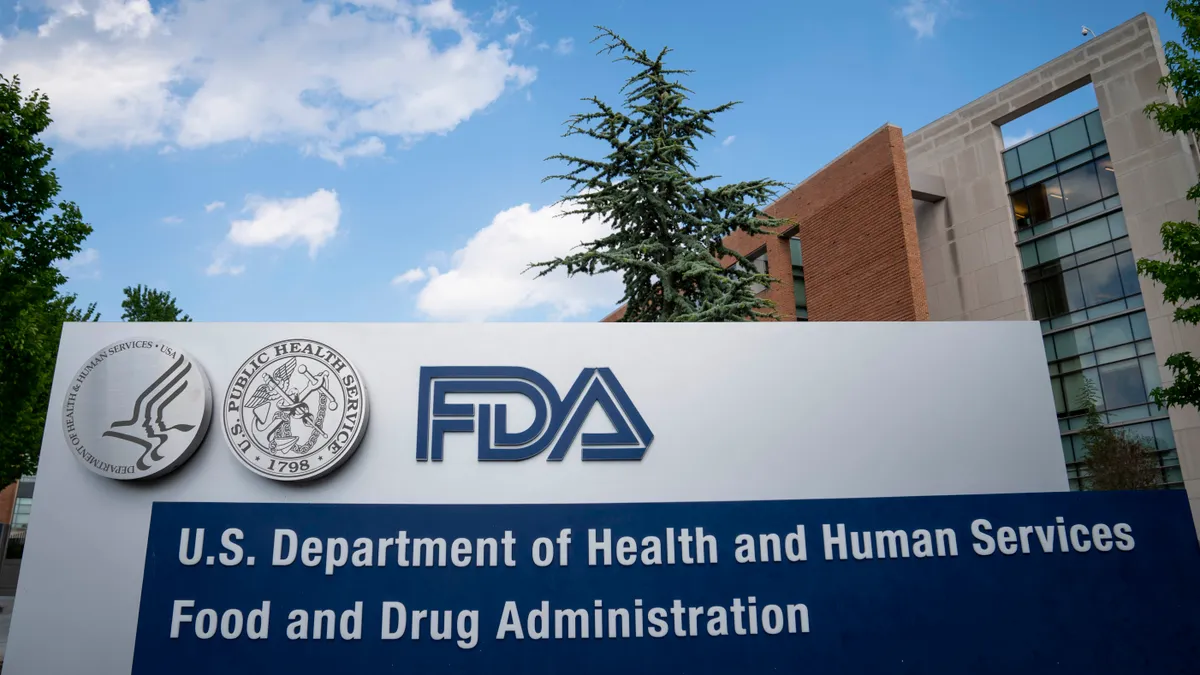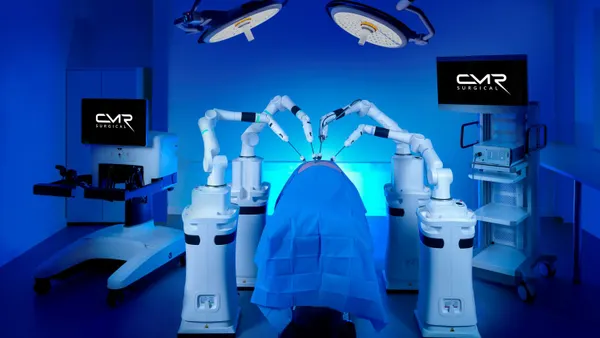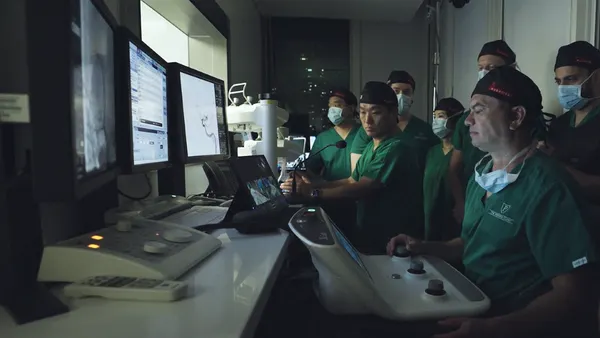Dive Brief:
- The number of breakthrough device designations issued by the Food and Drug Administration fell in the third quarter.
- At the midpoint of the year, the FDA had issued 129 designations, putting it on track to beat the record of 206 that it set in 2021. However, the rate of new breakthrough designations slowed to 35 in the third quarter.
- The designation gives devices expedited review if they meet certain criteria, including treating or diagnosing life-threatening conditions, and providing a device where no cleared or approved alternatives exist. The FDA is considering changes to its criteria to include technologies that address health disparities.
Dive Insight:
When the FDA provided updates after the first and second quarters of 2022, it was on course for another record year. The FDA granted 64 breakthrough designations over the first three months of the year and maintained the pace in the second quarter. Based on the first half of the year, the FDA looked set to post a new record of almost 260 designations.
However, the pace of activity slowed throughout July, August and September. With three months to go in the year, the FDA needed to grant another 43 breakthrough designations to post a new record. If activity accelerates after the summer months, the agency could post another record year.
The number of breakthrough designations issued by the FDA has risen throughout the history of the program. In 2015, the FDA accepted 11 devices into the Expedited Access Pathway, the precursor to the breakthrough program. The number of annual designations exceeded 100 for the first time in 2019 and topped 200 just two years later.
The publication of the updated figures comes shortly after the FDA set out plans to change its guidance on the program, notably by expanding the entry criteria to cover technologies that address disparities in health and healthcare.













